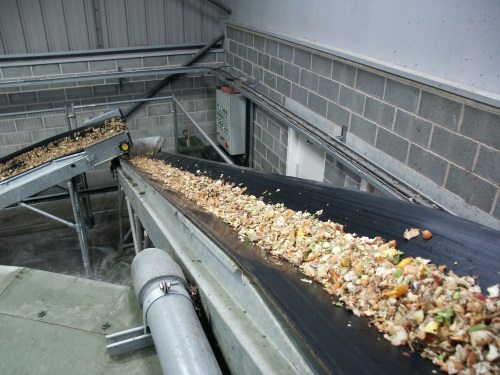The Waste & Resources Action Programme (WRAP) estimates that an increase of just one day on product life across a range of foods could prevent about 250,000 tons of food waste each year, in households and in the supply chain, by giving consumers longer to eat the food they buy.
Based on the report Reducing food waste by extending product life, WRAP has assessed the amount of product life available to consumers on shelf, and reviewed how product life codes such as ‘Use-by’ and ‘Best-before’ dates are currently set by retailers, brands and food manufacturers.
Product life is the time period over which food remains safe to eat or over which the quality does not deteriorate to unacceptable levels.
Product life is indicated by either a ‘Best before’ or by a ‘Use-by’ date.
The study examined a range of popular foods where there are typically relatively high levels of waste.
It estimates the potential overall tonnage and financial savings by scaling-up data from these products to all food groceries.
WRAP’s findings give an indication of the significant potential benefits available to industry and consumers.
It also identified opportunities to make simple and safe changes throughout the supply chain and pass on more product life to consumers.
“By implementing these simple recommendations, food manufacturers and retailers can make a big difference in the battle against food waste, without even having to change products and packaging,” says Dr. Richard Swannell, director of sustainable food systems.
” We estimate that shoppers could save upwards of £500 million (US$767.64 million), and businesses could save £100 million in waste prevention alone.”
“We’ve identified the business case based on savings in the true cost of waste and the potential for increased sales from better availability.”
The report sets out five recommendations that show how and where adjustments in the supply chain (manufacture, logistics and retail) could increase product life for the consumer.
They are:
1. Retailers and manufacturers should challenge safety and quality buffers to try and identify opportunities to extend product life for the consumer;
2. A standardized approach to ‘Open life’ guidance, the time an item is deemed safe to eat or retains its optimum quality once opened, be used and that open life is used only for food safety, not where quality is the limiting factor;
3. Review supply chain practices such as stock rotation to increase the available life for consumers;
4. Benchmark delivery times to retailers to improve performance; and
5. WRAP continues to call for ‘Display-until’ dates to be removed from all foods and that only ‘Use-by’ or ‘Best before’ dates are used.
WRAP says the recommendations do not compromise product safety or quality in any way, and do not require any changes to existing packaging or product formulations.
“We welcome these recommendations and believe they offer sensible proposals which could enable the life of a product to be extended without compromising food safety,” says Dr Linden Jack, Head of Food Hygiene Policy Branch at the Food Standards Agency (FSA).
“The FSA’s number one priority is food safety and use by dates in particular have an important role to play in protecting consumers.”
“However we recognize more needs to be done to help us all reduce the amount of food wasted every year in the UK,” he says.
WRAP, which first highlighted the issue of food waste in 2007, will now work with industry to take forward these recommendations and explore other options to build upon the findings of the report.










